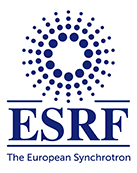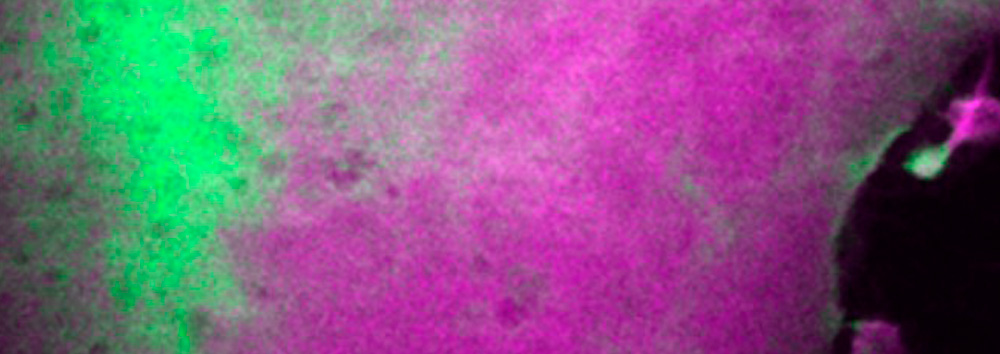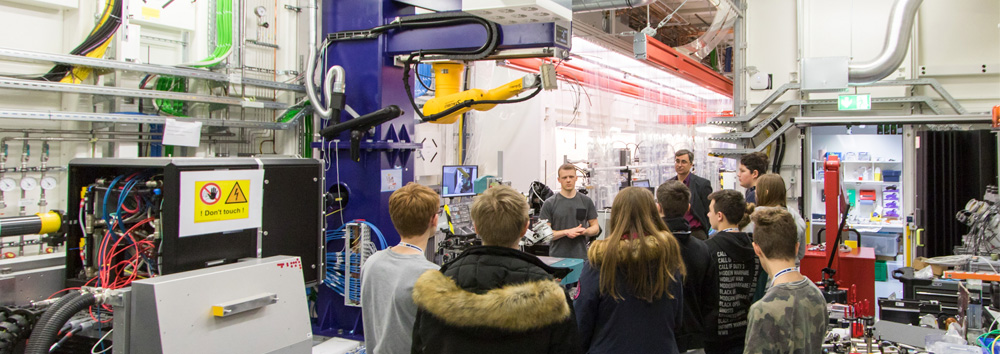Triple-negative breast cancer, which represents 10-20% of breast cancers, is not fuelled by hormones. In fact, it tests negative for estrogen and progesterone receptors and excess HER2 protein. This means that it does not respond to hormonal therapy and antibody medicines. Given that it is more aggressive and often has a higher grade than other types of breast cancer, the scientific community is relentlessly trying to find a treatment.
A team from Inserm, the CNRS, Sorbonne University, PSL university, the University Grenoble Alpes and the ESRF have joined forces to study the path that metallorganic molecules or metallocifens, derivatives of the widely-used drug tamoxifen, follow to reach cancerous cells. These metallodrugs were developed by Professor G.Jaouen and his group at Sorbonne University and PSL University. They have demonstrated their broad spectrum of efficacy and their potential to significantly overcome drug resistance.
“We know this molecule works because extensive tests have been already carried out, but we don’t know how it manages to kill the cancer cell. That is why we want to quantify and localise the drug inside the cell, to understand its efficiency”, explains Sylvain Bohic, scientist at the Inserm and main author of the study.

About ESRF
The ESRF is the world-leading source of synchrotron and a centre of excellence for fundamental and innovation-driven research for imaging and studying the structure of matter at the atomic and nanometric scale in all fields of research. Located in Grenoble, the ESRF owes its success to the international co-operation of 22 partner nations, of which 13 are Members and 9 are Scientific Associates. Following on from 20 years of success and scientific excellence, the ESRF launched the ESRF-EBS -Extremely Brilliant Source- project (150M€ over 2015-2022). Centred on rebuilding the ESRF storage ring, EBS will deliver unprecedented source brilliance and coherence (~100x), offering scientists with a powerful new instrument to look even deeper into the structure of materials and living matter. EBS also includes the construction of new state-of-the-art beamlines, a scientific instrumentation programme with ambitious detector projects and a data management and analysis strategy.
© ESRF Triple-negative breast cancer, which represents 10-20% of breast cancers, is not fuelled by hormones. In fact, it tests negative for estrogen and progesterone receptors and excess HER2 protein. This means that it does not respond to hormonal therapy and antibody medicines. Given that it is more aggressive and often has a higher grade […]



